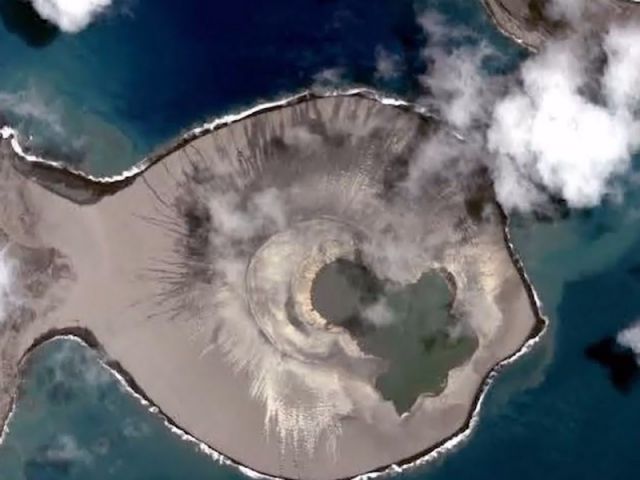New Island can reveal few clues for Life on Mars: NASA

World’s newest Island is offering clues for life on Mars
According to reports, NASA has said that the world’s newest island –formed during a volcanic eruption in the remote Pacific four years ago- can offer clues for life on Mars.
Notably, the island of Hunga Tonga Hunga Ha’pai rose from seabed 65 kilometers ( 40 miles) northwest of the Tongan Capital Nuku’a lofa in late 2014 –early 2015. Scientists were initially expecting the island – created when vast quantities of rock and dense ash spewed from the earth’s crust – to wash away within few months.

Related : NASA completes world’s largest James Webb Telescope
As per NASA, the island has proved more resilient than expected because of warm sea water combined with ash during the volcanic explosion to create a c0ncrete like substance known as “tuff”.
Notably, the island which was initially measured one kilometer wide, two kilometer long and about 100 metres high- has undergone significant erosion, and now it is expected to last anywhere from six to thirty years.
The Chief Scientist at NASA’s Goddard Space Flight Center, Jim Garvin, has said it was a rare chance to study the cycle of a newly created island.
He further added Mars had many similar volcanic islands that appeared to have been surrounded by water when they were created.
Gravin pointed out that such spots may be prime locations to look for evidence of past life because they combined a wet environment with heat from volcanic processes.
He also added, “ Examining how life gained a foothold on the Tongan island could help scientists pinpoint scientists to look for evidence on Mars.”
Have a news story, an interesting write-up or simply a suggestion? Write to us at info@oneworldnews.in







